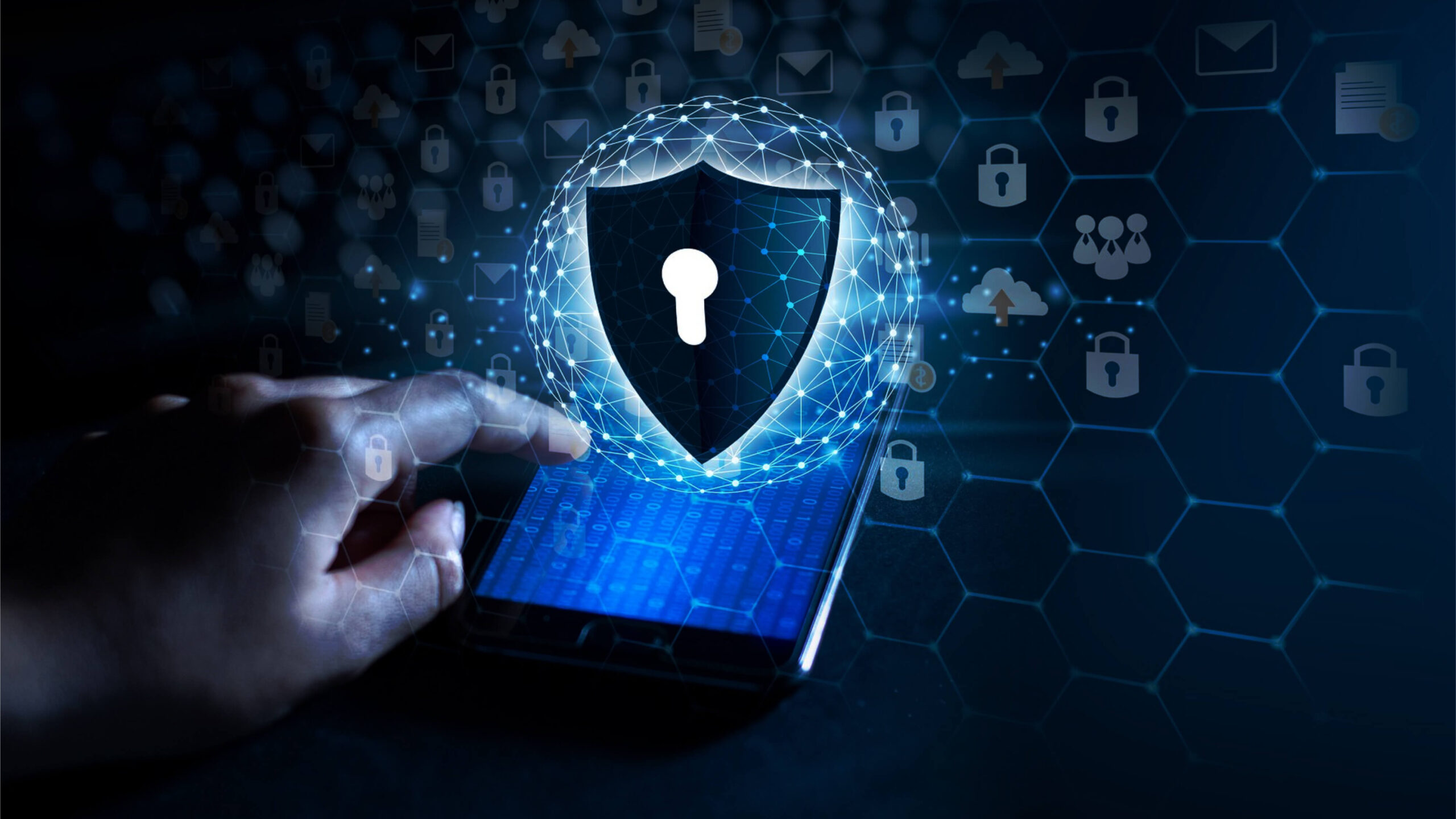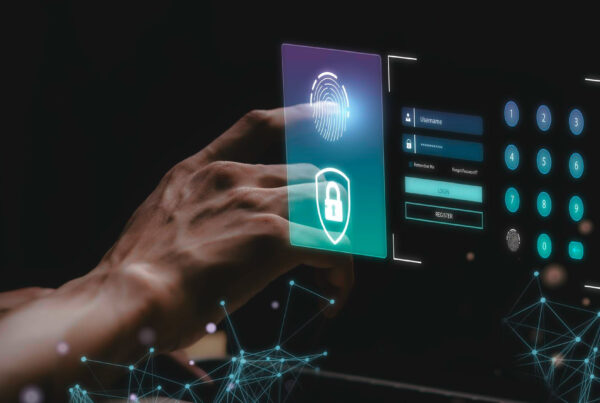IoT (Internet of Things) devices are physical devices embedded with electronics, software, and connectivity, allowing them to collect and exchange data over the internet. IoT devices include smart home appliances, wearable technology, smart cars, and industrial equipment. These devices offer convenience and improved efficiency but pose security and privacy risks because anything connected to the internet is prone to cyber threats because of their vulnerabilities.
Smart Devices & threats to privacy:
The amount of personal information that is stored in such kind of devices is one of the key reasons that attackers very smoothly make such devices their targets as we use them in our daily lives, including cell phones, smart watches, smart locks and appliances, cameras, and industrial equipment and sensors.
Also, as far as security in such devices is concerned, neither the manufacturer’s security was a prime consideration, nor did the consumers using such devices have much knowledge or care about security concerns. Therefore, the lack of security concerns by both the seller and the buyer leads to privacy issues for the end user.
Recent Data related to IoT threats:
Let’s talk about the recent data by the end of 2022. Data security concerns related to a shortage of competent personnel will be the top concern for 32% of businesses that have already deployed the Internet of Things. You would not be surprised to know that by the end of 2025, there will be 40 billion connected devices across the planet, as well as the IoT security market is projected to grow to 38.7 billion in 2023 compared to 34.2 billion in 2022; that only means the cybercrimes are only going to increase looking at the current standards of security measures being utilized in such devices.
Reasons for vulnerability in IoT devices:
- Many devices have weak security measures and vulnerabilities in their software
- The lack of standardization in security protocols and regular security updates
- The interconnectivity of devices creates a larger attack surface for hackers
- Sensitive data may not be properly encrypted, leading to privacy breaches
- Unsecured default passwords and poor user practices can leave devices open to attack.
7 Tips to protect your smart devices:
- Prioritize the most exposed areas of cyber-attack: Make a complete inventory of all the IoT devices installed around the firm to start. Next, determine how much risk those devices offer to different enterprise systems, networks, and cloud integrations. Companies should endeavor to close all security gaps. Still, they should prioritize safeguarding IoT devices where hackers might cause the most havoc if they were to gain access.
- Change default passwords & settings: Keeping strong & unique passwords & updating them at regular intervals is one of the basic ways to prevent any security breach. One should also disconnect access and connectivity features that are not in use. It’s a good idea to eliminate unnecessary access and connectivity functions when configuring a new IoT device. For instance, by default, many IoT devices will attempt to connect automatically to other nearby devices and networks. This can make building a smart home or business network easier, but it can also lead to severe security gaps. Through unprotected IoT devices, hackers and unauthorized users might connect to the network, and anyone can access your data and devices if your network is not properly secured.
- Multi-factor Authentication: Multi-factor authentication (MFA) can help protect smart devices from cyber-attacks by adding an extra layer of security. With MFA, access to a device or account is granted only after successfully presenting two or more pieces of evidence to an authentication mechanism that can include something the user knows (such as a password), something the user has (such as a phone or security key), and something the user is (such as biometric data). By requiring multiple forms of authentication, MFA makes it much harder for an attacker to gain unauthorized access to a device or account.
- Regular Software Updates: Software updates play a crucial role in protecting devices from cyber-attacks. Updates often include security patches for vulnerabilities that have been discovered, making the device more resistant to attacks. Regular software updates can also improve the overall security of a device by incorporating the latest security features and technologies. Neglecting software updates can leave devices open to known security vulnerabilities exploited by attackers. To ensure the best protection against cyber-attacks, it’s recommended to keep all software, including operating systems and applications, up-to-date.
- Strong Wi-Fi encryption: Encryption helps secure the data transmitted over the network by encoding it, making it unreadable to anyone who intercepts it. Several types of Wi-Fi encryption exist, including WEP, WPA, and WPA2. Of these, WPA2 is considered the most secure and is recommended for use. It’s also important to use a strong and unique password for the Wi-Fi network to prevent unauthorized access.
- Network Segmentation: Network segmentation is a security strategy that divides computer networks into smaller, separate networks that can help to reduce the risk of cyber-attacks by limiting the spread of malware or unauthorized access if a device is compromised. It also makes monitoring network activity and detecting unusual behavior easier, allowing for a faster response during an attack. Network segmentation can be achieved through firewalls, virtual local area networks (VLANs), and other security technologies.
- Network Monitoring: Network monitoring is crucial in protecting against cyber threats. It involves continuous monitoring of network activity to detect and respond to security incidents in real time. By monitoring network activity, security teams can identify unusual behavior, track the movement of malware, and quickly respond to potential security incidents that can minimize the damage caused by cyber-attacks and ensure the security and confidentiality of sensitive information. Network monitoring can be achieved through security tools such as intrusion detection and prevention systems, security information and event management (SIEM) solutions, and other security technologies.
It is crucial to remember that the IoT security environment is always changing, and new flaws and threat actors appear. As a result, it’s critical for businesses to be informed on the most recent IoT security trends and best practices and to adopt a proactive strategy to protect their IoT devices.
References:
- IoT Security Statistics (2022): What You Should Know – Intersog
- What are the Best Ways to Protect IoT Devices from Attack? – Revolutionized
- Internet Of Things – The Internal Threat – CyberCrowd
- IoT Security Issues, Threats, and Defenses – Security News (trendmicro.com)
Author : Ms. Sakshi Singh, Intern, CyberPeace Foundation




